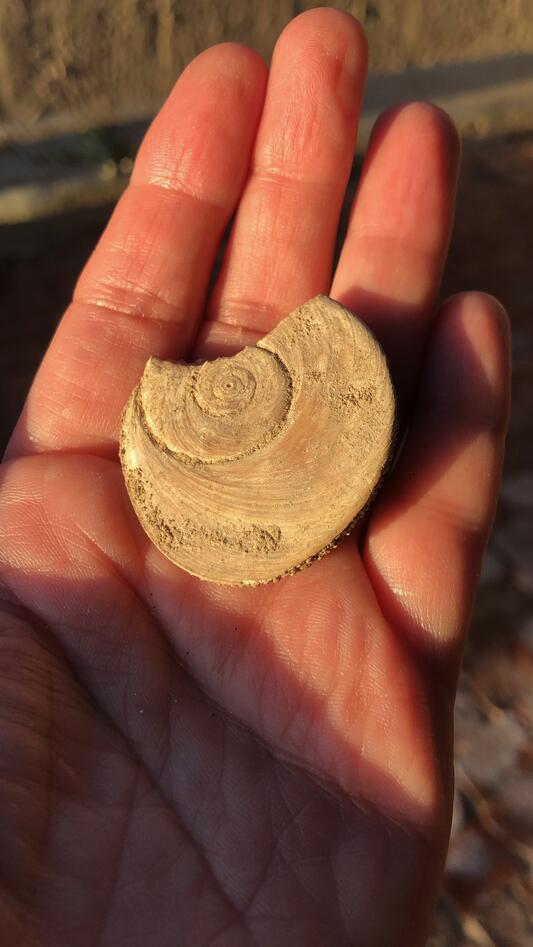Is climate the answer?
We seek to recreate the unknown environments of our ancestors. How did climate affect the behavioural evolution of early Homo sapiens in southern Africa? Did modern human behaviour originate in part due to an ability to survive and adapt to variable climatic circumstances?

Main content
The environment, and the opportunities it provides for human livelihood, is to a large degree defined by the climate that determines the availability of water, the temperature, vegetation cover, and food for animals living in the sea and on land. Global climate was highly variable over the period documented by the archaeological material at Blombos Cave, Klasies River main site and Klipdrift Shelter between 100 000 – 50 000 years ago.
Climatic context for innovations
The climatic changes must have created both challenges, and opportunities for the most adaptable people to adjust to changing environments and succeed. However, our understanding of how global climatic changes affected regional and local-scale climate patterns and palaeoenvironments is limited. Particularly when looking at a period marked with human innovations, use of symbols and adapting stone tool production. Are there any indications that climatic changes could have been a catalyst for these anthropogenic alterations?
Building the proxies
Our approach to answering these essential questions is based on a combination of paleo proxies, which tell us about past climatic and environmental variables such as terrestrial temperature, vegetation, precipitation and rainfall seasonality, sea surface temperature, wind patterns, river runoffs and the terrestrial and marine landscape. The information we gain from proxies such as speleothems, marine sediment cores, shellfish and small mammal fauna enables us to piece together a detailed environmental backdrop for human livelihood.
Simulating the past
Based on the same technology that provides climate projections for the future, we are able to recreate climatic scenarios, landscape and vegetation changes on a prehistoric time scale. Thus producing models of how the climate was during the periods that are associated with human innovation and creation of symbolic artefacts on the southern coast of South Africa. The simulations will, together with the paleo proxies, provide a composite picture of the local and regional climate and the environment in southern Africa from 100 000 to 50 000 years ago.





